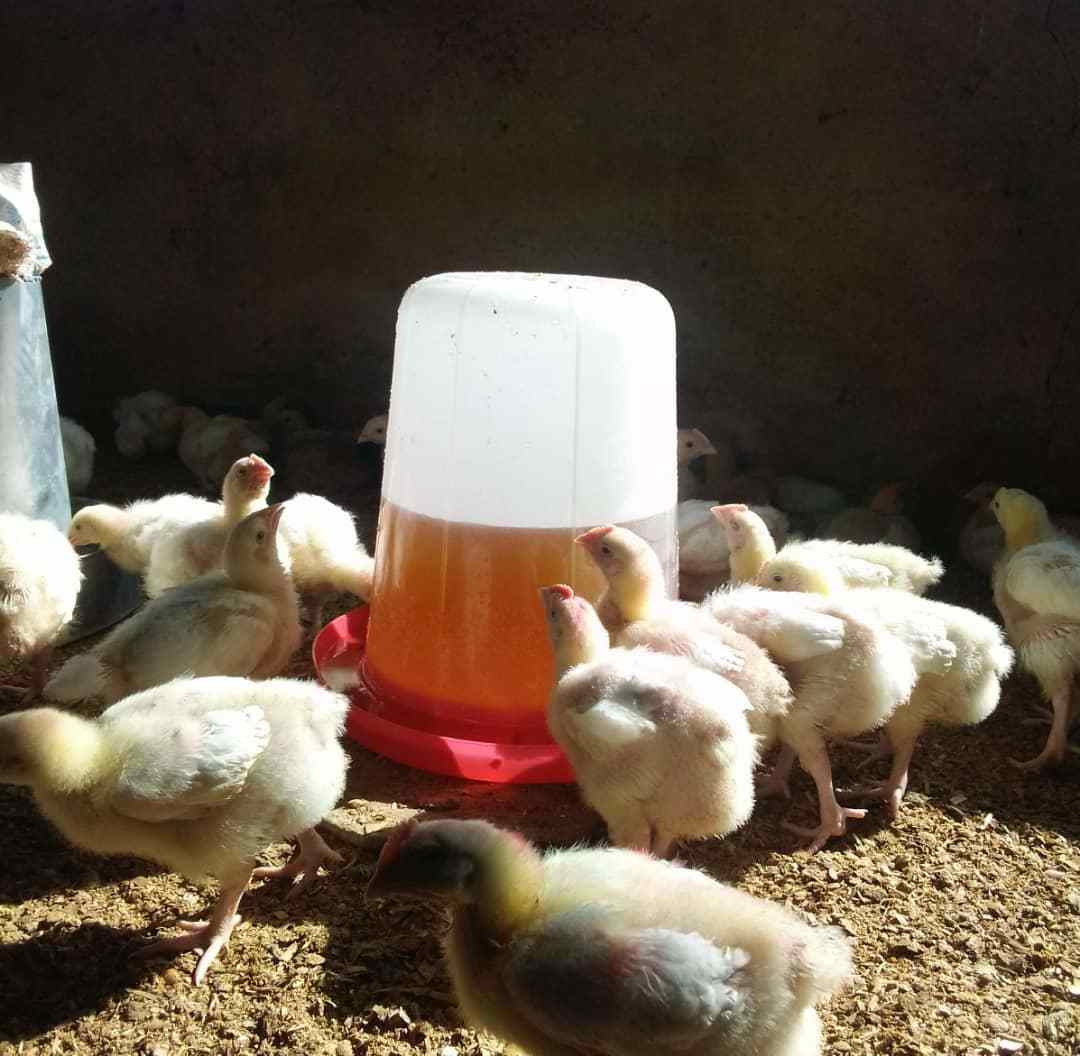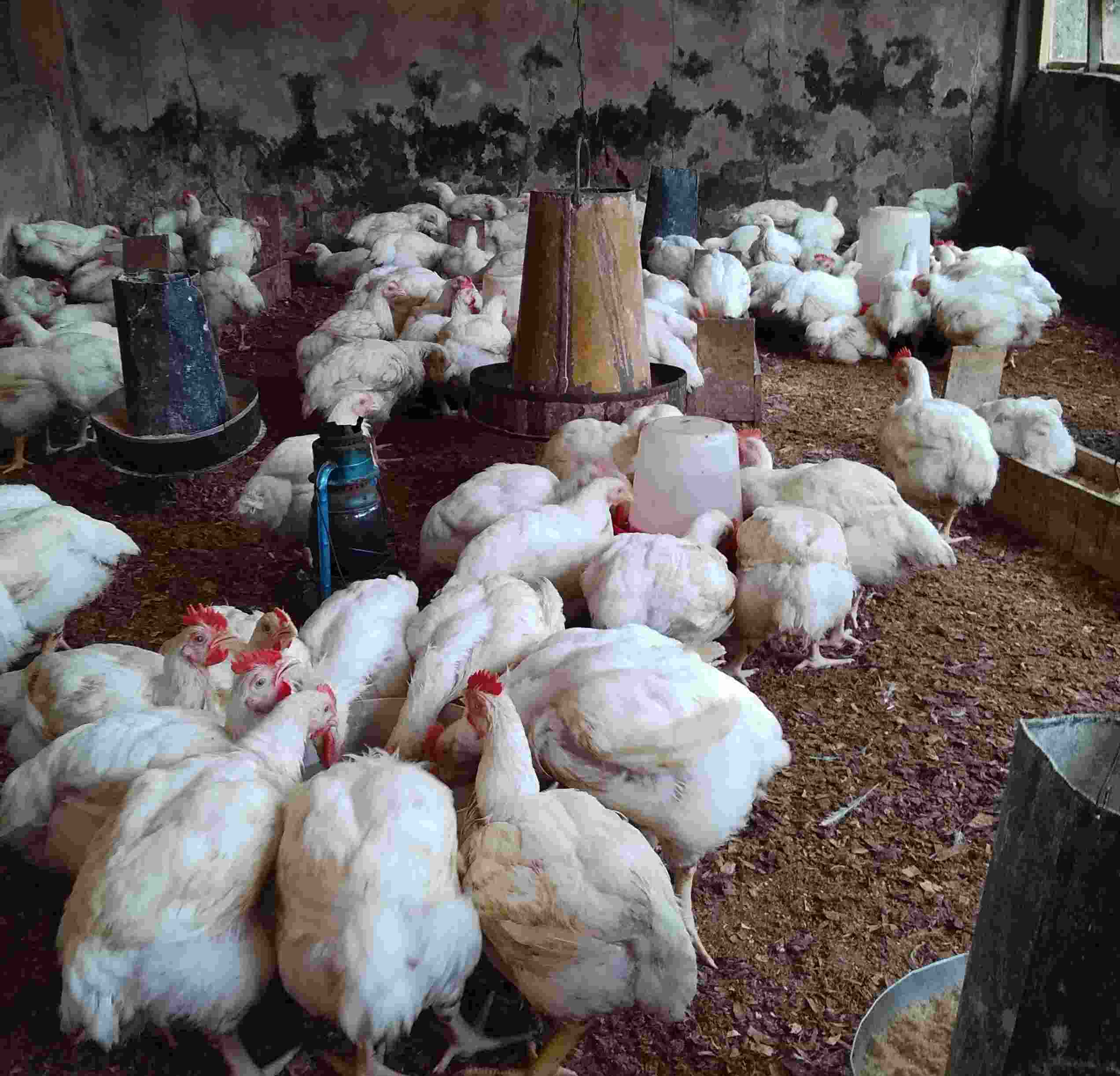The quantity of water consumed by chickens is almost double the amount of feed they consume, which obviously places water as an irreplaceable ingredient or factor in poultry production.
Also, read: 10 Reasons your Chickens Are Not Laying Eggs And How to Fix It.
Why is water important to Chickens?
It is almost impossible to overemphasize the importance of water to chickens. A chicken is made up of 70 percent water; a loss of only 10 percent of that water will result in the bird’s death. And, a single day without water will cause a layer to stop laying.
Also, research has shown that broiler weight and feed consumption decrease with an increase in water restriction, and a 20 percent reduction has a deleterious effect on feed conversion.
Water is a major component of blood and plays a key role in the transfer of nutrients, the removal of toxins, and heat dispersion, and is also involved in many biochemical processes. Therefore, it is paramount that we consistently give our birds quality and adequate amount of water for optimal performance.
Also, read: 6 smart tips to increase the bodyweight of your broiler chicken

Plenty of freshwater stimulates your broiler to grow well
Most importantly, the quantity and quality of water the chicken consumes can be affected by several factors such as the type of drinking system used, water taste, medication, weather, etc.
For example, some organic medication may repel the chicken from drinking the required amount of water, or sometimes, beddings (like wood shavings) may block the water flow of a ring drinker.
Also, the weather can be extremely hot, and there will be a need to increase the quantity of water or even the temperature as well-like adding ice cubes in very hot weather.
Having known the role of quality and adequate water in poultry farming, it is necessary we also know the quantity of water at every stage of the bird's life. Because as the birds grow the quantity of water they consume also increases.
So I am going to give you below a table guide for the water consumption rate for layers and broiler at an environmental temperature of 21 and 20 oC respectively.
Also, read: 8 Natural growth boosters/ promoters for broiler that actually worked
Water Consumption/Requirement for Laying birds
| Production Stage | Age/Rate of Production | Litre of water per 1000 birds at
21 oC |
Layer pullet |
4 weeks | 100 |
| 12 weeks | 160 | |
| 18 weeks | 200 | |
Laying hens |
50 % production | 220 |
| 90% production | 270 |
.
With the above table, you should be able to answer the following question:

If your laying hens lack adequate water they will not eat much to lay eggs
-
How much water do laying hens need?
How much water a laying hen needs depends on the age and production rate of the hen. For instance, for chicks from 1 to 6 weeks of age, the daily water consumption per chicken is 20 - 100ml.
Water consumption for laying hens with different production rate: When the egg production is 50%, the water requirement for laying hens is 170 -220ml per chicken per day. While at 90% production rate; is 270 - 300ml per chicken per day.
-
How do you calculate water consumption in poultry?
To calculate water consumption in poultry (layers), you can estimate it from the table above, or from the standards I gave in the first question.
For example, you can estimate from the table the quantity of water a chicken at 4 weeks of age can consume per day as follows;
1000 (4 weeks) old chickens will consume 200 liters of water
1 (4 weeks )old chicken will consume 1 x 200/1000 = 0.2litre = 200ml per day.
Thus, 1 chicken that is 4 weeks old will consume 200ml of water daily.
Water consumption for laying and non-laying hens
The laying hens will consume 230-300ml of water per chicken per day, while non-laying chickens will consume 200-230ml of water per chicken per day.
Water Consumption/Requirement for Broilers at 20 oC
| Age (weeks) | water intake (liters per 1000 mixed-sex broilers) |
| 1 | 65 |
| 2 | 120 |
| 3 | 180 |
| 4 | 245 |
| 5 | 290 |
| 6 | 330 |
| 7 | 355 |
| 8 | 370 |
Note: there is a need to adjust the quantity of water as the temperature changes

There is a direct correlation between water quantity and broiler body weight
Water Consumption at Different Temperatures and Seasons
- When the temperature and environment are 20 degrees, water intake = feed intake x 2
- When the temperature is 30 degrees, the water intake = feed intake x 5
Water consumption in different seasons:
In winter, is 100ml per chicken per day. In spring and autumn, is 200ml per chicken, and 300ml per chicken in summer.
The best practice is to observe your birds' behavior to taste and adjust accordingly.
Resources
Need a website or other IT services? Visit our website!
Share on Twitter Share on Facebook
Comments
Comment awaiting approval 1 year, 8 months ago
New Comment